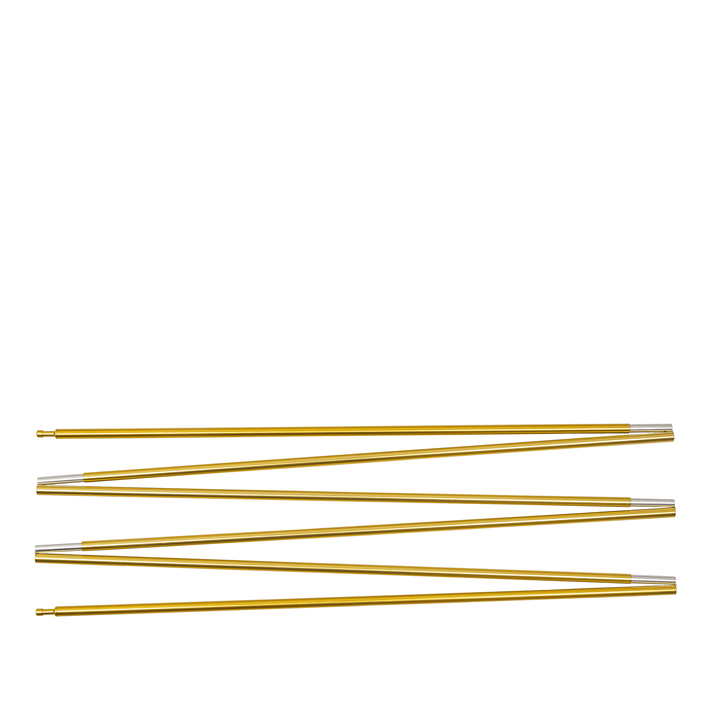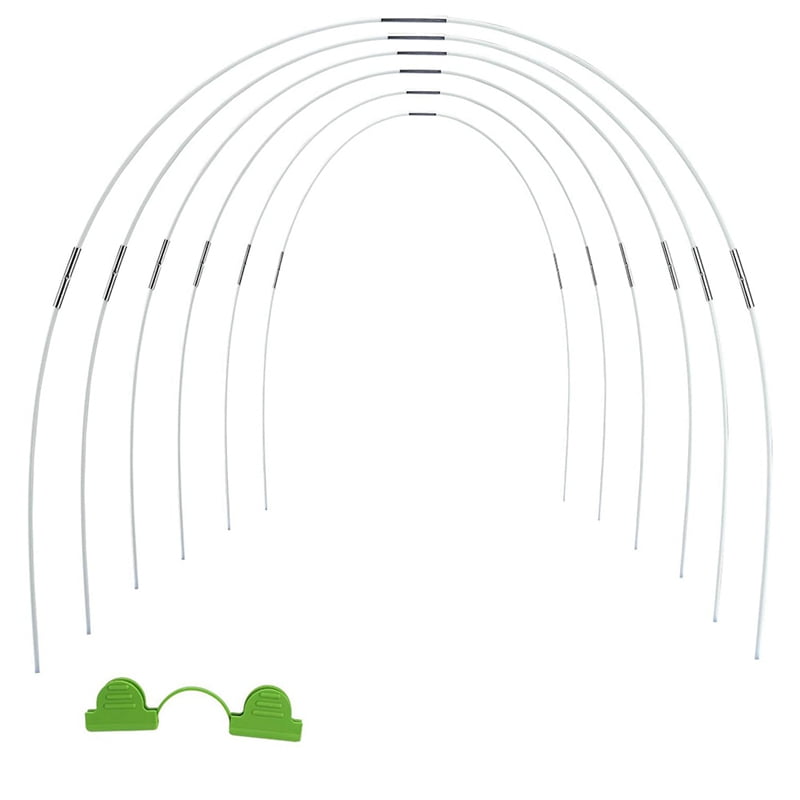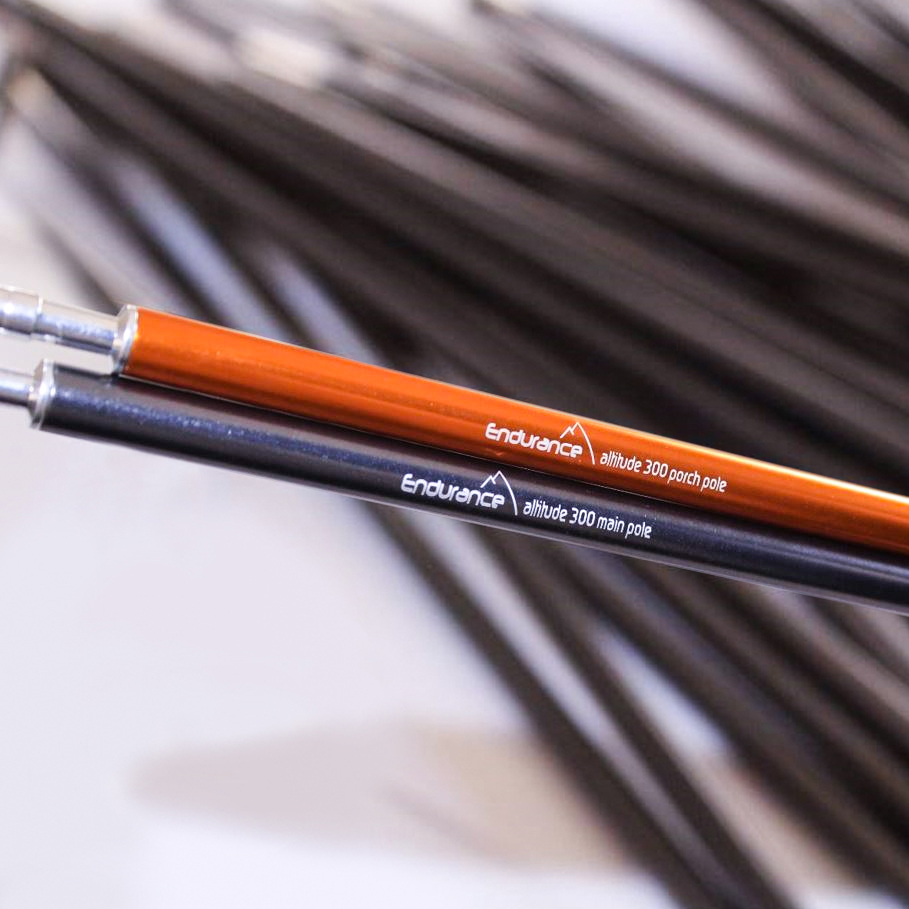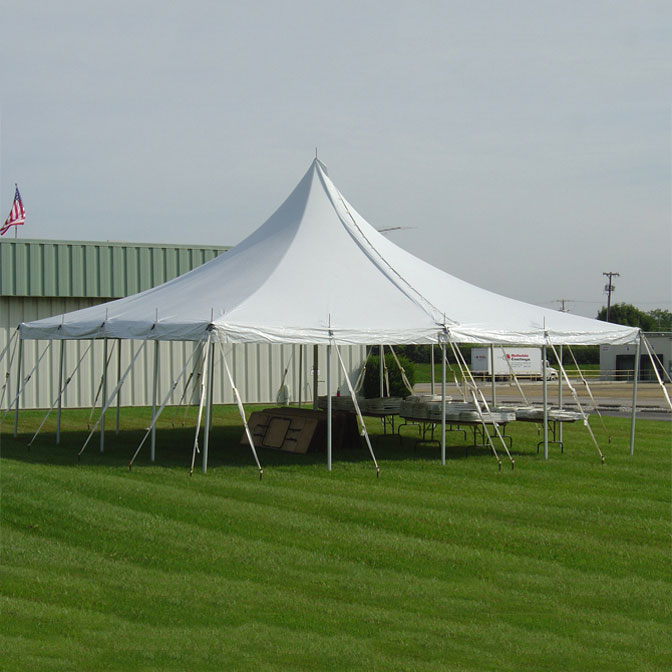When planning an outdoor adventure, selecting the right tent is crucial. Among the various components that make up a tent, the long pole holds significant importance. This article will delve into the purpose of the long pole, the different types available, and its impact on camping experiences. By understanding the long pole’s role, campers can make informed decisions about their tent selection.
Understanding the Long Pole’s Function
The long pole serves as the main support structure in a tent. It holds the tent’s fabric taut, creating a stable environment for campers. This pole is often responsible for keeping the tent upright against wind and rain. Without it, the tent would simply collapse. Additionally, the long pole contributes to the overall shape and design of the tent. It helps maintain proper airflow and ventilation, which is important for comfort while camping.
Types of Long Poles
There is a variety of long poles available for tents. Materials used in construction often influence their performance and durability. Aluminum poles are lightweight yet sturdy, making them a popular choice. They can withstand adverse weather conditions while providing excellent support. Fiberglass poles, on the other hand, offer flexibility and resistance to breaking, making them ideal for family-oriented tents. Each type has its advantages and disadvantages, which campers should carefully consider.
The Importance of Height
The height of the long pole affects the overall tent experience. A taller pole can create a spacious environment, allowing for easy movement. This feature is especially beneficial in larger tents where multiple campers reside. Additionally, a higher pole often leads to better air circulation. When tents properly ventilate, campers enjoy a healthier atmosphere inside. Conversely, a lower pole may result in a cramped feeling, impacting the overall camping experience.

The Role of Long Poles in Tent Stability
Stability is a crucial aspect of any camping experience. If a tent isn’t stable, it can lead to discomfort and potential safety hazards. The long pole plays a vital role in ensuring stability. It acts as a spine, supporting the overall structure and preventing sagging. If the pole is of inferior quality, the tent may struggle to withstand heavy winds or rain. Therefore, selecting a well-constructed long pole is essential for long-term use.
Anchor Points and Pole Interaction
The interaction between the long pole and anchor points is significant. Anchor points are the places where the tent connects to the ground, securing it in place. If the long pole is too short, it can create tension that pulls on these anchor points excessively. This situation can lead to material wear and tear, ultimately compromising tent integrity. Moreover, if the tension is insufficient, the tent may flail in the wind, negatively impacting stability.
Tension and Distribution
Tension distribution is key when it comes to the long pole. A well-constructed pole evenly distributes weight across the tent fabric. This feature prevents any single point from bearing excessive stress, which could lead to tearing. Furthermore, proper tension can enhance water runoff, reducing the likelihood of leaks. Campers must ensure that each component interacts harmoniously to maximize tent performance.
Maintenance and Care of Long Poles
Maintaining long poles is crucial for their longevity. Proper care can lead to years of dependable use. Firstly, after each camping trip, poles should be inspected for signs of wear or damage. Additionally, cleaning them gently with mild soap and water can help. This practice prevents dirt from accumulating, which could degrade the material over time. Furthermore, storing them in a cool, dry place is essential for avoiding rust or mold growth.
Storage Solutions
Choosing the right storage solution for long poles is crucial. Many campers prefer to use the original tent bag, but this method may not always be ideal. Instead, using protective sleeves or covers designed for long poles can be beneficial. These items provide additional cushioning, safeguarding against accidental dings or bends. Proper storage techniques ultimately prolong the life of long poles while ensuring they are ready for the next adventure.
Repairing Damages
If long poles become damaged, timely repairs are necessary. Depending on the nature of the damage, various methods may be employed. For minor dings, a simple polishing might suffice. Otherwise, if a pole is bent or broken, replacement may be necessary. Campers should maintain an emergency repair kit containing essential tools. This kit can prove invaluable during outdoor excursions, ensuring that repairs are manageable.

The Environmental Impact of Tent Poles
Understanding the environmental effects of tent poles is increasingly important. Many manufacturers now focus on sustainability, choosing eco-friendly materials. Aluminum, for example, is recyclable and has a lower environmental impact. Campers should consider supporting brands committed to sustainable practices. Such choices help reduce the ecological footprint of camping.
Choosing Eco-friendly Options
When purchasing a tent, examine each component’s sustainability. Long poles made from renewable resources can minimize environmental harm. Additionally, options that utilize recycled materials are a step in the right direction. This choice promotes a circular economy wherein resources are continually repurposed. Consumers have the power to impact the market by favorably choosing sustainable options.
The Future of Long Poles
The future of long poles lies in innovation and adaptability. As technology advances, new materials and designs emerge. Future poles may be lighter yet stronger, improving the camping experience. Adaptable poles that adjust to various terrain types could also see increased popularity. These innovations will likely redefine how long poles are integrated into camping gear.

The Psychological Benefits of a Sturdy Tent
Having a sturdy tent, supported by a reliable long pole, can greatly enhance mental well-being. A stable tent fosters a sense of security among campers. Feeling safe in your environment can boost relaxation, allowing for a more enjoyable experience. Moreover, knowing your equipment is reliable contributes to peace of mind. It allows you to focus on relaxation and adventure, rather than worrying about potential issues.
Creating a Comfortable Space
A comfortable tent environment can benefit emotional health. Tents that maintain proper structure through solid long poles provide a welcoming atmosphere. Comfort can be enhanced through organizing personal space within the tent. This organization allows for a calmer environment, reducing stress levels associated with outdoor activities. Ultimately, comfort fuels enjoyment during any camping trip.
Camping often encourages bonding among friends and families. A reliable tent reinforces that connection by promoting a sense of unity. When everyone feels comfortable, they can share experiences more openly. Whether telling stories around a campfire or simply enjoying nature, these moments become cherished memories. A well-supported tent enhances this social aspect of camping.
Conclusion: Choosing the Right Long Pole for Your Tent
In conclusion, the long pole is a critical aspect of tent construction. It not only provides structural integrity but also influences the overall camping experience. Campers must consider various factors when choosing a pole. The material, height, and weight all play a significant role in determining the right fit. By prioritizing quality and suitability, campers can enjoy a more stable and comfortable experience in the great outdoors.
Final Recommendations
Before embarking on your next adventure, take the time to research tent options. Understanding the long pole’s role will empower you to make wise decisions. Also, remember to maintain and care for your tent and its components carefully. Doing so will allow you to create lasting memories while ensuring comfort and security. Happy camping!
